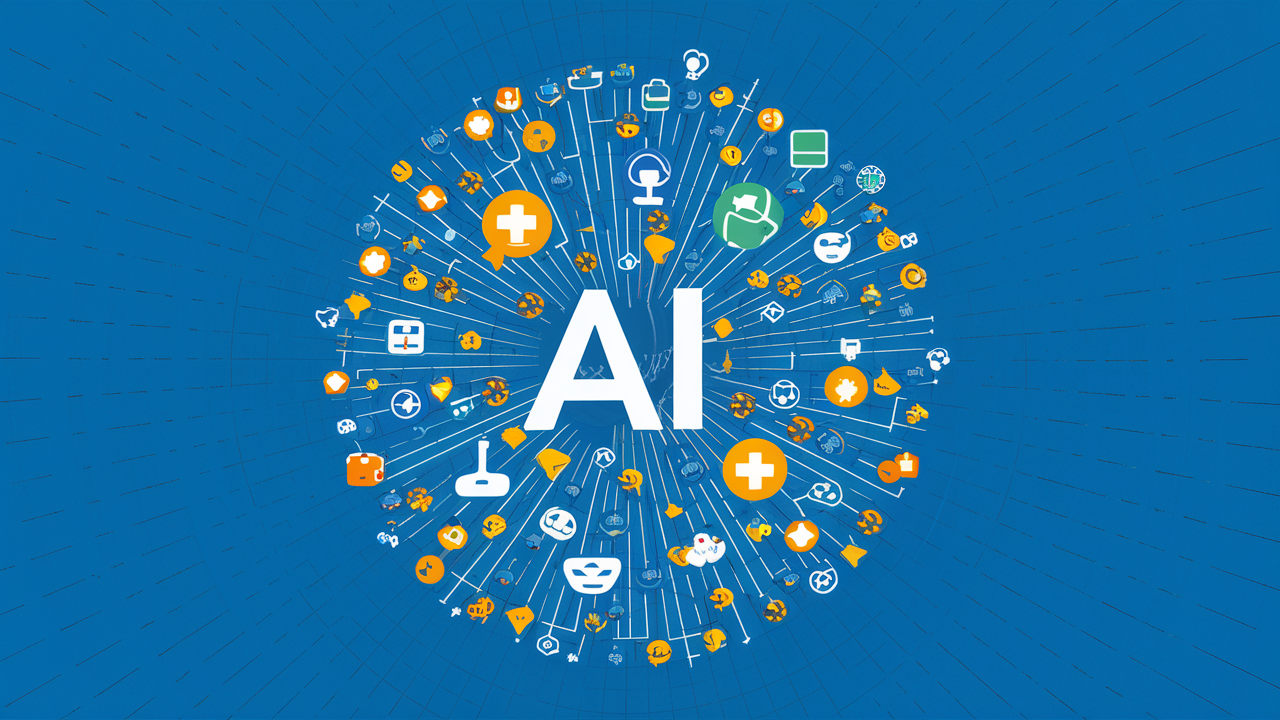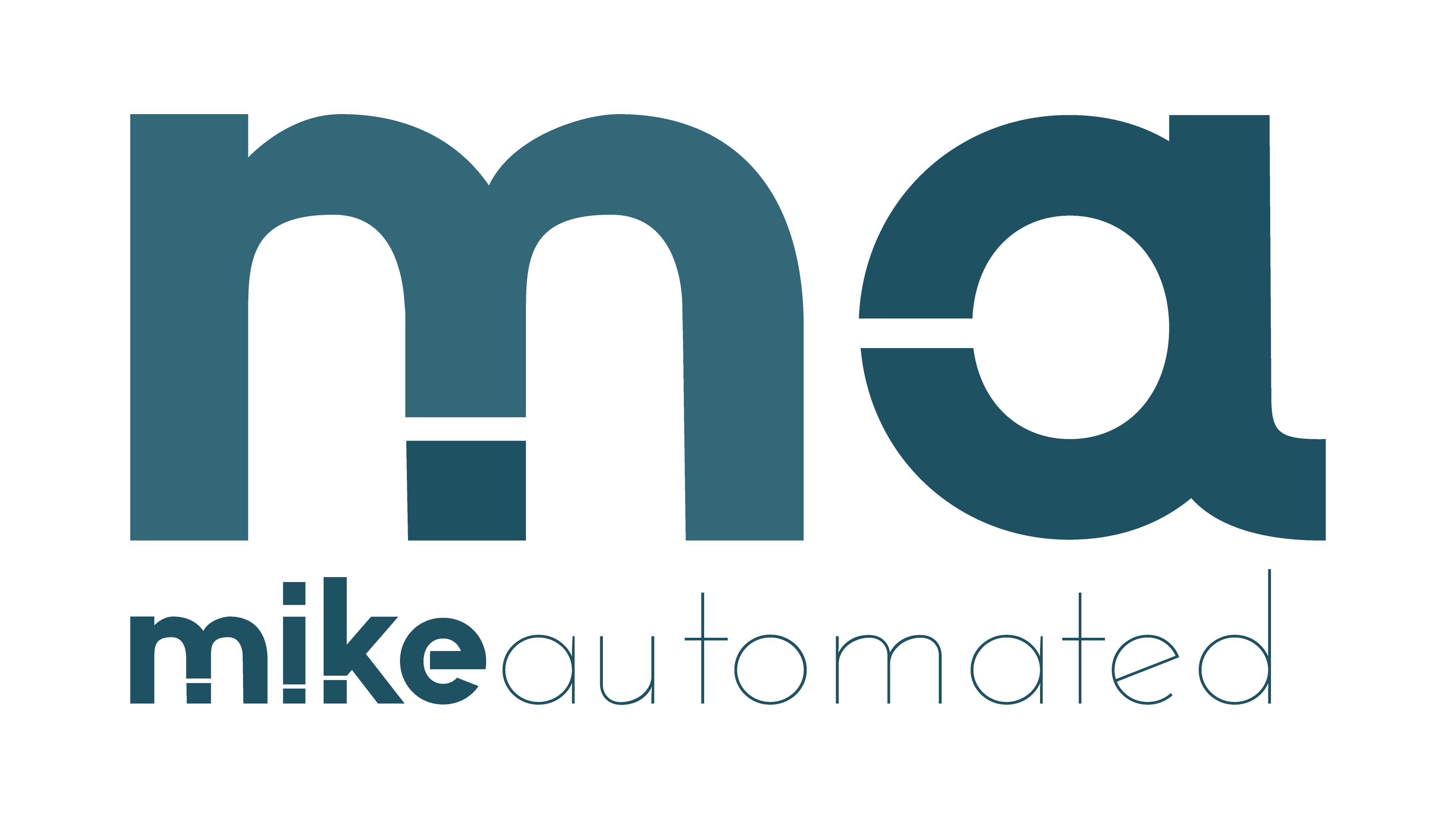TL;DR
- AI in Healthcare Marketing: Transforming Patient Engagement unlocks personalized outreach while protecting patient privacy.
- Use ethical AI with clear consent, transparency, and HIPAA-aligned data practices.
- Measure impact with specific KPIs like engagement rate, appointment lift, and patient satisfaction.
- Start small with a pilot, then scale across channels and patient segments for sustained results.
Healthcare marketers face a dual goal: reach more people who can benefit from care while preserving trust and meeting strict privacy standards. AI in Healthcare Marketing: Transforming Patient Engagement offers a framework to achieve both. By combining machine learning with compliant data practices, providers can deliver messages that feel relevant, timely, and respectful. This article explains how to implement AI-driven marketing that enhances patient engagement without compromising clinical ethics or regulatory requirements.
AI in Healthcare Marketing: Transforming Patient Engagement
The phrase AI in Healthcare Marketing: Transforming Patient Engagement captures the core opportunity for providers. AI can analyze large, diverse data sets to reveal patterns in patient needs, preferences, and risk factors. These insights support customized outreach that respects patient privacy and rights. With AI at the center, health systems can move from generic campaigns to precision engagement that aligns with care plans and preventive health goals.
Today’s care teams rely on multiple channels to reach patients: email, text, patient portals, social media, and in-clinic touchpoints. AI enables a unified approach across these channels. It uncovers when and how to communicate, what messages resonate, and which patients are most likely to respond. The result is higher engagement without a flood of irrelevant alerts. For readers new to this topic, think of AI as a bridge between clinical intent and patient-centered communication.
Key AI Techniques for Patient Engagement
AI techniques support personalized patient communications, proactive care, and compliant data handling. Below are practical areas where AI adds value.
Personalized Messaging at Scale
AI analyzes patient attributes, histories, and preferences to craft messages that fit each individual. This is not generic personalization; it is context-aware outreach that respects medical needs and privacy constraints. Marketers can automate message timing, channel, and content to match the patient’s journey. For example, a patient due for a preventive screening may receive a tailored reminder with a link to a nearby clinic and a concise explanation of benefits. This approach reduces waste and improves timely care.
Predictive Analytics for Preventive Care
Predictive models flag patients who would benefit from early intervention. By identifying risk signals in non-clinical data (e.g., appointment history, social determinants of health, and adherence patterns), AI helps teams target outreach that can prevent deterioration or late-stage visits. This shifts marketing from a one-off campaign to ongoing, proactive patient support. In practice, clinics can design a cadence of nudges that encourage preventive visits, medication adherence, and wellness checks.
Conversational AI and Patient Support
Chatbots and voice assistants handle common questions, appointment scheduling, and follow-up reminders. They operate around the clock, freeing staff for higher-value tasks. Importantly, conversational AI must be designed for accessibility, accuracy, and privacy. When patients chat with secure systems, they experience immediate assistance that complements clinician care rather than competing with it. This balance grows trust and reduces friction in care delivery.
Integrated Channels for a Seamless Journey
Effective AI marketing unifies channels into a coherent patient journey. It tracks touchpoints from initial awareness to follow-up care, ensuring consistent messaging and timely actions. This requires clear consent, secure data handling, and transparent data use policies. Internal links to related content—such as AI Marketing Basics and Healthcare Data Privacy—help teams align broader initiatives with privacy and compliance standards.
Visual suggestion: Consider an infographic showing the patient journey with AI touchpoints across channels. The image should illustrate how data informs personalized messages at each stage, from awareness to ongoing care. Purpose: visualize the end-to-end flow and highlight decision points where AI adds value.
Practical example
A regional health network implemented an AI-driven segmentation model to categorize patients by risk and readiness for preventive care. The system suggests channel-specific messages, such as an SMS reminder for a flu shot or a portal notification about a lung health check. The result was a 22% increase in preventive visits in the first quarter and a higher patient satisfaction score, driven by timely and relevant outreach. This demonstrates how AI in Healthcare Marketing: Transforming Patient Engagement translates clinical goals into measurable marketing outcomes.
How to Implement AI-Driven Healthcare Marketing
Implementing AI in healthcare marketing requires a structured plan that respects privacy and clinical integrity. The following steps provide a practical roadmap for providers ready to start small and scale responsibly.
- Define clear goals. Decide which outcomes matter most, such as increased preventive screenings, better appointment adherence, or improved patient satisfaction. Tie each goal to a specific metric.
- Audit data sources. Inventory data from EHRs, scheduling systems, and engagement platforms. Ensure data are accessible, accurate, and compliant with HIPAA and local regulations. Use data minimization where possible.
- Choose compliant AI partners. Work with vendors that offer HIPAA-compliant data handling, robust access controls, and auditable models. Demand transparency on model inputs and outputs.
- Build a pilot program. Start with a narrow use case, such as prioritizing outreach for a single preventive service. Measure impact before expanding.
- Test and learn. Use A/B testing to compare AI-driven messages with standard campaigns. Track engagement rates, appointment rates, and patient-reported experience.
- Establish governance. Create a cross-functional team including marketing, privacy, IT, and clinical leads. Define policies for consent, data use, and model updates.
As you scale, Maintain a focus on HIPAA-compliant marketing automation, data quality, and explainable AI. Emphasize consent and preference management so patients can opt in or out easily. Internal links to related content, such as Healthcare Compliance Checklist, help keep teams aligned with regulatory expectations.
Measuring Success and Compliance
Evaluation must balance impact with privacy protection. Use practical metrics that reflect both patient outcomes and engagement quality.
- Engagement rate by channel and message type. Track opens, clicks, and response rates across emails, texts, and portals.
- Appointment lift for targeted campaigns. Compare pre- and post-campaign appointment rates for the promoted services.
- Patient adherence to prescribed care plans or preventive screenings over a defined period.
- Patient satisfaction and feedback related to communication clarity and usefulness.
- Privacy and consent metrics such as opt-out rates and data access requests.
To maintain trust, document data flows and model decisions. Provide patients with clear disclosures about how AI is used, what data you collect, and how it benefits their care. Include accessible opt-out options and channels to address concerns. For deeper guidance, refer to internal resources on Healthcare Data Privacy and AI Risk Management.
A Real-World Example
A mid-sized hospital system adopted AI to tailor outreach for chronic disease management. The system analyzes patient records, appointment histories, and communications preferences to segment audiences. It then triggers channel-appropriate messages—SMS for appointment reminders, portal messages for lab results, and email for educational content. The campaign achieved a 15% increase in follow-up visits and a notable improvement in patient-reported outcomes. This illustrates how AI in Healthcare Marketing: Transforming Patient Engagement can combine clinical insight with marketing optimization to support better care.
Risks, Ethics, and Privacy
AI brings significant benefits, but it also presents ethical and regulatory challenges. Address these proactively to protect patients and institutional integrity.
- Bias and fairness. Monitor models for biased outcomes that could disadvantage any group. Use diverse data and regular audits.
- Transparency. Explain how AI informs decision-making in patient communications. Provide clear opt-out options.
- Security. Implement strong access controls, encryption, and incident response plans to guard data.
- Compliance. Align practices with HIPAA, state laws, and professional guidelines. Maintain documentation for audits.
The Future of AI in Healthcare Marketing
Expect AI to enable even more precise audience understanding, real-time personalization, and proactive care journeys. Advances in natural language understanding will improve conversational agents, while privacy-preserving techniques will ease data-sharing concerns. Providers who embed ethical, compliant AI into their marketing strategy will strengthen patient trust and improve care continuity. In short, AI in Healthcare Marketing: Transforming Patient Engagement is not a trend; it is a sustainable approach to aligning patient needs with clinical pathways.
Conclusion: Take the Next Step
To harness the power of AI in healthcare marketing while maintaining trust and compliance, start with a clear goal, a small but meaningful pilot, and a governance framework. Engage clinicians early to align messages with care plans. Measure, iterate, and communicate outcomes to patients and leadership. By embracing AI in Healthcare Marketing: Transforming Patient Engagement, providers can deliver more relevant outreach, improve health outcomes, and build lasting patient relationships.
Call to action: Begin by mapping your patient journey, then identify one high-impact area for a pilot. Use internal resources and privacy-by-design principles to guide every step.



